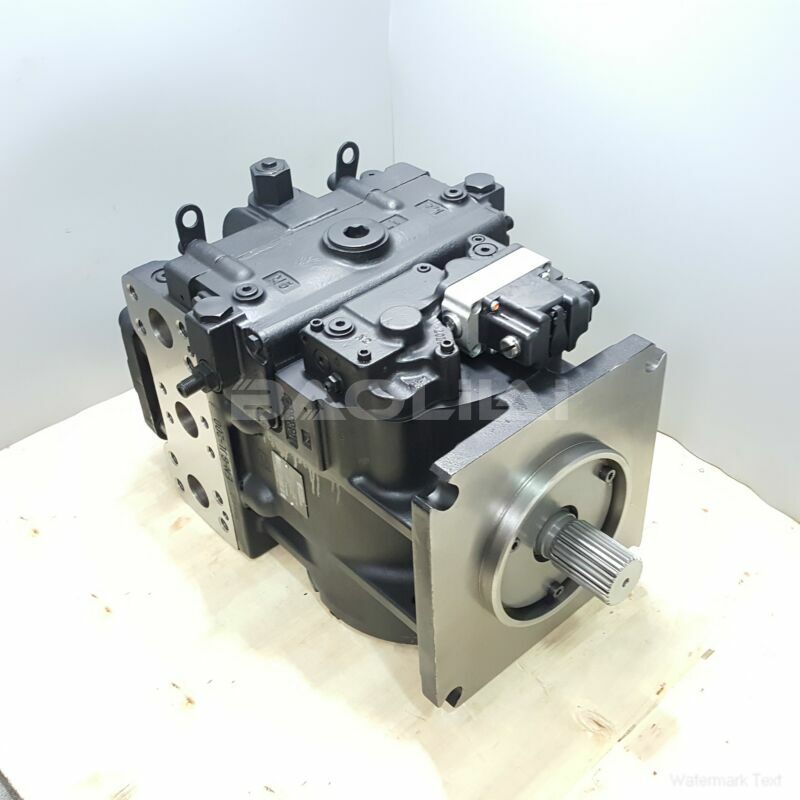90L100HS1NN60P4S1E03GBA321430 sauer danfoss pump
90L100HS1NN60P4S1E03GBA321430 sauer danfoss pump

- Product Details
- Applicable Scene
Hydraulic power units (HPUs) play a crucial role in various industrial applications, providing the necessary power for hydraulic systems to operate efficiently. Central to the functionality of these systems are hydraulic pumps, which convert mechanical energy into hydraulic energy. By understanding the various ways in which hydraulic pumps contribute to optimizing HPUs, industries can enhance their operational efficiency, reduce costs, and improve overall performance.
90L100-HS-1-NN-60-P-4-S1-E-03-GBA-32-14-30
90L100HS1NN60P4S1E03GBA321430
One of the primary functions of hydraulic pumps is to generate the flow of hydraulic fluid, which is essential for transmitting power throughout the hydraulic system. Different types of pumps, such as gear, vane, and piston pumps, offer varying characteristics that can be leveraged depending on application needs. For instance, gear pumps provide a steady flow and are typically more economical, making them suitable for applications requiring consistent performance. Conversely, piston pumps are ideal for high-pressure applications due to their ability to operate at greater pressures, thus allowing for enhanced lifting and moving capabilities.

83013954
The efficiency of hydraulic pumps also contributes significantly to the overall optimization of HPUs. High-efficiency pumps minimize power losses and improve the energy-to-work conversion ratio. This efficiency not only lowers energy costs but also reduces the strain on the hydraulic system, extending the lifespan of components and decreasing maintenance requirements. By selecting pumps with optimal design characteristics and maintenance regimes, industries can ensure that their HPUs operate at peak efficiency.
Moreover, hydraulic pumps enable precise control over fluid flow and pressure within hydraulic systems. This fine control is particularly vital in applications like robotics, manufacturing, and construction, where accuracy and responsiveness are paramount. Utilizing variable displacement pumps, for example, allows operators to adjust flow rates and pressures in real time, enhancing system responsiveness and reducing energy consumption. This adaptability leads to more efficient operation, enabling industries to meet varying load demands without overloading the hydraulic system.





